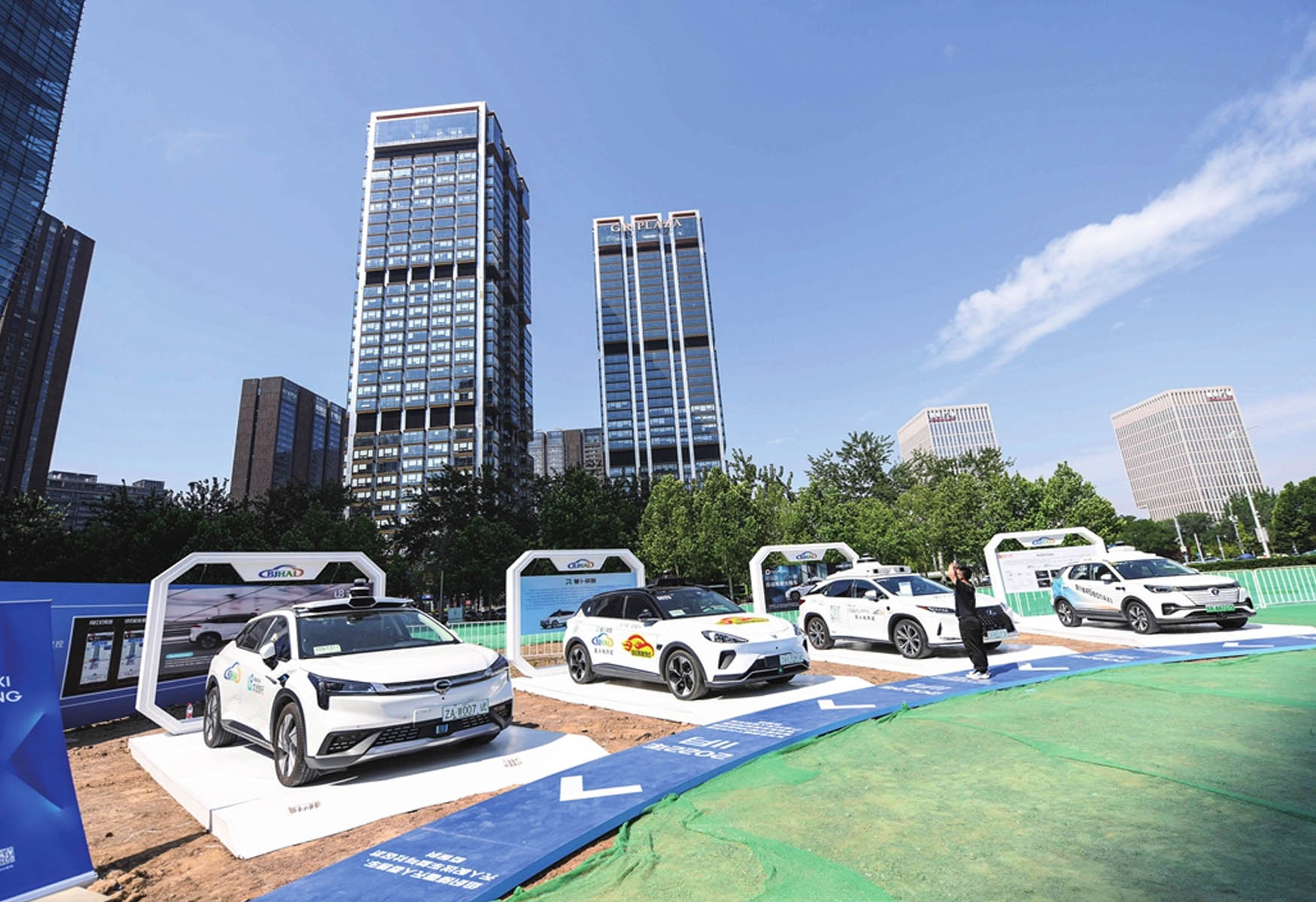Resistance Grows: Car Dealers Challenge Electric Vehicle Regulations

Table of Contents
Economic Concerns Fuel Dealer Opposition
Dealerships are voicing strong concerns about the financial implications of the rapid shift towards electric vehicles. These concerns significantly impact their willingness to fully embrace and support stricter electric vehicle regulations.
Impact on Profit Margins
The lower maintenance requirements of EVs compared to gasoline-powered vehicles represent a major threat to dealership profitability. This translates to several key challenges:
- Reduced service revenue streams: EVs require significantly less maintenance, resulting in a substantial decrease in revenue from service and repair work, a cornerstone of dealership profitability.
- Increased investment in EV-specific training and infrastructure: Dealerships must invest heavily in training their staff on EV technologies and maintaining the specialized equipment needed for EV service and repair. This represents a substantial upfront cost.
- Potential for lower vehicle sales if consumer adoption lags: If consumer demand for EVs remains low, dealerships face the risk of decreased overall vehicle sales, impacting their bottom line.
Inventory Management Challenges
The transition to EVs also presents significant inventory management challenges:
- Difficulties in predicting EV demand: Accurately forecasting EV demand is difficult due to the evolving nature of the market and technological advancements. Overstocking or understocking can lead to financial losses.
- Higher upfront costs associated with EV inventory: EVs typically have higher upfront costs than gasoline-powered vehicles, requiring dealerships to invest more capital in their inventory.
- Need for specialized charging infrastructure at dealerships: Dealerships need to invest in charging stations and related infrastructure to support the sale and service of EVs, adding to their capital expenditure.
Concerns Regarding Government Mandates and Quotas
Many dealers believe that government mandates and quotas for EV sales are unrealistic and potentially damaging to their businesses.
Unrealistic Sales Targets
Dealers argue that imposed EV sales quotas disregard current market realities:
- Lack of consumer awareness and education regarding EVs: Many consumers remain hesitant to adopt EVs due to a lack of awareness about their benefits and capabilities.
- Inadequate public charging infrastructure in many regions: The limited availability of public charging stations creates range anxiety and hinders EV adoption, particularly in rural areas.
- High purchase prices and limited EV models available: The higher purchase price of EVs compared to gasoline-powered vehicles, combined with a limited selection of models, restricts consumer choice and limits demand.
Lack of Flexibility and Regional Differences
A standardized, nationwide approach to EV regulations is criticized for failing to account for regional variations:
- Varying levels of EV adoption across different states and regions: EV adoption rates vary significantly depending on factors such as population density, climate, and consumer preferences.
- Need for tailored regulations to address specific market conditions: Regulations should consider these regional differences to ensure a fair and effective transition to EVs.
- Impact of geographical limitations on EV adoption (e.g., rural areas): Rural areas often lack the charging infrastructure necessary to support widespread EV adoption, making blanket mandates impractical.
The Role of Consumer Perception and Infrastructure
Consumer perceptions and the availability of charging infrastructure play a crucial role in the success of EV adoption and the acceptance of stricter electric vehicle regulations.
Range Anxiety and Charging Infrastructure
Range anxiety—the fear of running out of battery power before reaching a charging station—remains a significant barrier to EV adoption:
- Need for increased investment in public charging infrastructure: A widespread and reliable network of public charging stations is essential to alleviate range anxiety.
- Improved range and battery technology in EVs: Advancements in battery technology and increased driving range are crucial to overcoming range anxiety.
- Addressing consumer misconceptions about EVs: Educating consumers about the benefits and capabilities of EVs is vital to dispel misconceptions and promote adoption.
Price Parity and Affordability
The higher initial cost of EVs remains a significant barrier for many potential buyers:
- Government incentives and subsidies to make EVs more affordable: Financial incentives can make EVs more accessible to a wider range of consumers.
- Innovation in battery technology to reduce costs: Technological advancements are needed to reduce the cost of EV batteries, making EVs more competitive with gasoline-powered vehicles.
- Development of more affordable EV models: The development and availability of more affordable EV models are crucial to increasing consumer adoption.
Conclusion
The resistance to electric vehicle regulations among car dealers highlights the complex challenges involved in transitioning to a sustainable transportation future. Addressing the economic concerns of dealerships, improving charging infrastructure, and promoting consumer awareness are crucial to overcoming these obstacles. Finding a balance between ambitious environmental goals and the realistic needs of the automotive industry is paramount to ensuring a smooth and successful transition to a future dominated by electric vehicles. Further discussion and collaborative efforts are needed to navigate these complexities and foster widespread acceptance of stricter electric vehicle regulations. Open dialogue and a collaborative approach are key to achieving a successful transition to a future powered by electric vehicles.

Featured Posts
-
 Yankees Vs Rays Injury Report May 2 4 Series
May 11, 2025
Yankees Vs Rays Injury Report May 2 4 Series
May 11, 2025 -
 Belal Muhammad Vs Jack Della Maddalena Ufc 315 Faceoff Highlights
May 11, 2025
Belal Muhammad Vs Jack Della Maddalena Ufc 315 Faceoff Highlights
May 11, 2025 -
 Payton Pritchard Nba Sixth Man Award Winner
May 11, 2025
Payton Pritchard Nba Sixth Man Award Winner
May 11, 2025 -
 Up Up And Away Fun Flights For Everyone
May 11, 2025
Up Up And Away Fun Flights For Everyone
May 11, 2025 -
 Post Match Reaction Sheehan Addresses Ipswich Towns Performance
May 11, 2025
Post Match Reaction Sheehan Addresses Ipswich Towns Performance
May 11, 2025
